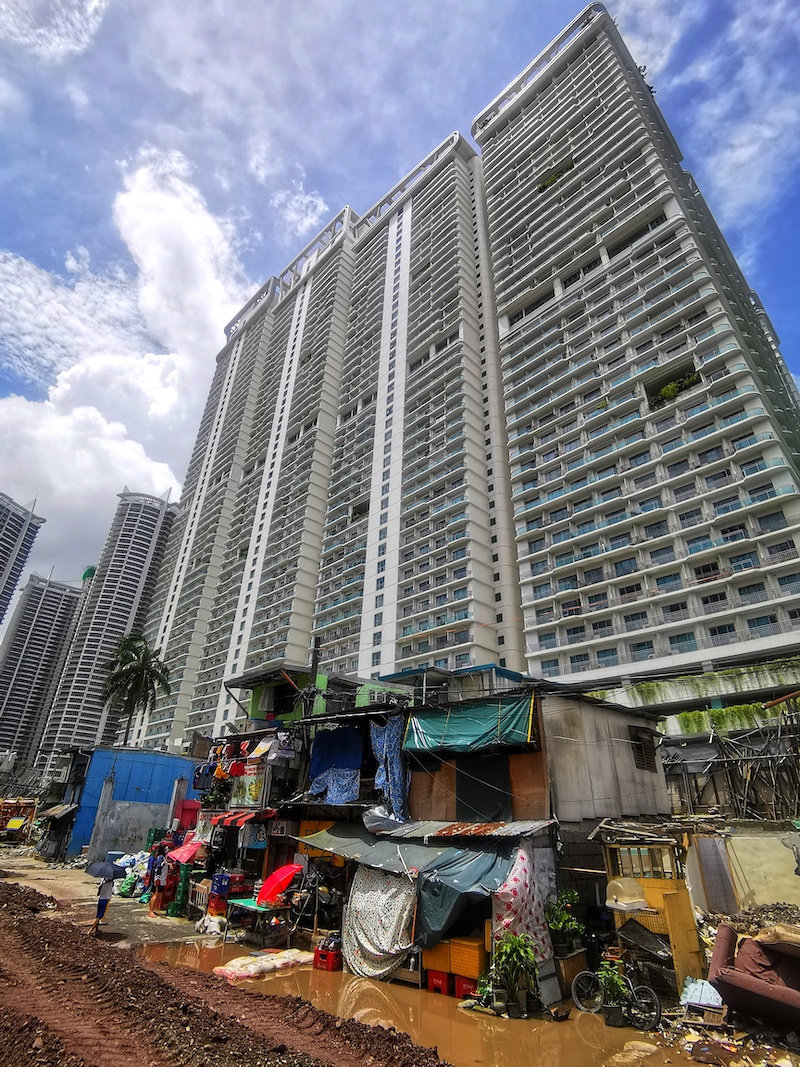
THE rise in Covid-19 cases has prompted the Asean+3 Macroeconomic Research Office (AMRO) to bring down its economic forecast for Philippine GDP growth this year and in 2022.
In the update of the Asean+3 Regional Economic Outlook (AREO) 2021, AMRO said it now estimates Philippine GDP growth to average 4.3 percent this year and 6.7 percent next year.
In March, AMRO estimated that the country’s GDP growth was forecast to reach 6.9 percent this year and 7.8 percent next year.
“Obviously the Philippines has been hit more badly than some of the economies. Last year it fell by 9.5 percent and we had initially expected growth to be around 6 percent but because of the recent infections, we had to shave down our growth forecast,” AMRO Chief Economist Hoe Ee Khor said in a briefing on Thursday. “I think what is important is that the vaccination rate in the Philippines has now been ramped up.”
Based on the report, the Philippines is expected to vaccinate 80 percent of its target population by early 2022.
Currently, some 42.3 percent have received at least one dose of the vaccine. The target for 2021, meanwhile, is to vaccinate 50 percent.
Khor said vaccination is going to be a key driver for the Philippine economy because of its reliance on services.
“The Philippines, unlike other countries in the region, is a very service-oriented economy. And that’s the reason why they’ve been hit harder than some of the countries in the region. (But), once the economy opens up, I think the economy will bounce back quite sharply,” Khor said.
AMRO also said inflation is expected to be higher this year at 4.3 percent compared to its March forecast of 3.8 percent.
However, next year, inflation is expected to slow down to 3.2 percent next year. This is also slower than AMRO’s expectations last March.
Khor thinks the Philippine economy can bounce back faster if the government uses its ample policy space to also benefit businesses.
If this recommendation is adopted by the government, the country will be able to grow 6.7 percent next year and be much closer to growing at its pre-pandemic growth path.
The road to recovery is paved with vaccinations,” Khor said. “With the majority of regional economies on track to achieve their vaccination targets by early 2022, we expect the ASEAN+3 region to grow by 5 percent next year, slightly better than our March projections.”
AMRO said the region is adapting and learning to function within the more uncertain environment since the pandemic has altered the way businesses and consumers transact as seen with the acceleration of digitalization and the emergence of new business models and firms.
The ASEAN+3 growth trajectory will depend on how successfully the region transitions to an “endemic new normal,” while dealing with the economic scars left by the pandemic.
The adverse impact of the pandemic on the region has been mitigated by unprecedented policy actions, and economies that are recovering well have begun to scale back those measures.
But, given the constant mutation of the virus to more infectious and possibly more vaccine-resistant variants, policy responses will also need to be as nimble and quick to change as the virus. Any premature or miscommunicated withdrawal of the financial support measures could potentially trigger a cliff effect.
“Tapering pandemic support will be the great balancing act for the ASEAN+3 in 2022,” said Li Lian Ong, Group Head of Financial Surveillance and Regional Surveillance. “Exiting too quickly risks derailing the region’s recovery; exiting too slowly risks propping up unviable businesses and sectors at huge expense to the fiscal purse,” she cautioned.
AMRO said any withdrawal of policy support needs to tread the fine line between preserving the remaining policy space and supporting the rebound.
Achieving both objectives will require successful vaccination campaigns, stronger healthcare systems, and transformations of the workforce and industries to address challenges exposed by the pandemic and seizing opportunities in the new normal, it added.
The observed unevenness in the recovery across sectors and businesses, segments of the population, and individual economies could lead to lasting inequalities and social inequity, if not properly addressed, according to AMRO.
Image courtesy of

